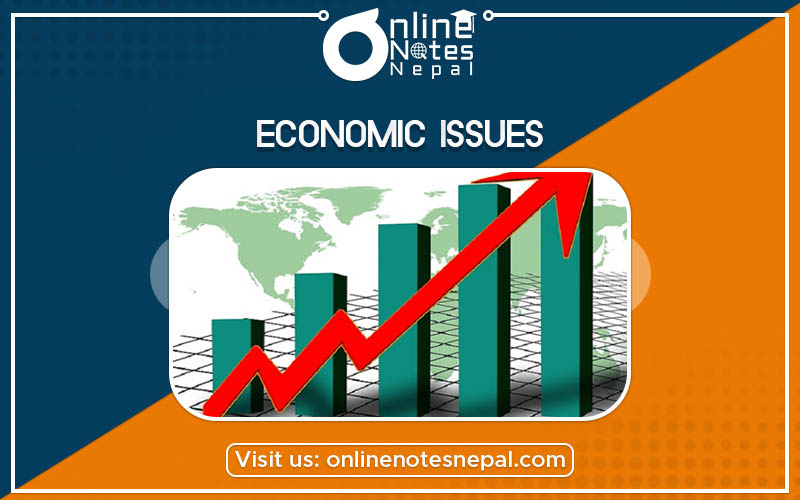Published by: Zaya
Published date: 15 Jun 2021

The basic economic issues arise from scarcity and choice. If there are economic issues that are present across all countries, without any exception, then it is the problem of scarcity. This problem arises because the resources of all types are limited and have alternative uses.
Scarcity
Scarcity refers to the limited supply of productive resources in relation to their demand. A resource is said to be scarce if the demand for it exceeds its supply. It is the condition in which resources are not available in an adequate amount to satisfy all the wants and needs of the people. It is the heart of all the economic problems. As human wants are unlimited and resources available are limited, scarcity is perpetual and universal.
Choice
Choice refers to a selection of highly urgent wants from unlimited wants in order to achieve an optimum allocation of limited resources. As the resources are scarce the society must be able to decide which want will be satisfied and which will not. Maximum possible satisfaction should be obtained from the utilization of productive resources that are available in a useful manner. Our choice has to be such that most of our wants be satisfied.
The scarcity of resources gives rise to the fundamental economic problem of choice. As the society cannot produce enough goods and services with limited resources for unlimited wants it has to make the choices. This is why a decision to produce one good requires less of producing other goods. The economic problem that arises from scarcity and choice should be solved in one way or the other. Thus, the economic problem is common to both the rich and poor countries. However, the nature of the economic problem is different.
Allocation of Resources
The allocation of resources is defined as the process of selection of resources and their proper utilization. As various resources are required to produce goods and services but the resources are scarce so we have to study what to produce, how to produce, for whom to produce, and how to maintain economic growth.
Production Possibility curve is also known as Production Possibility frontier or Transformation Curve. It can be defined as the locus of points that represents the various optimal combination of goods and services which can be produced efficiently by the economy with the full utilization of given resources and technology. It is used to explain the basic economic concepts: Scarcity, Choices, and Opportunity cost.
Assumptions:-
In this figure, we measure the sewing machine and butter in the y-axis and x-axis respectively. The various points on the boundary of PPC (A, C, D, and F points in the diagram) represent the combination of goods that can be produced using the resources and technology that are available.
From the above graph, we can know that if it allocates all its resources to the sewing machine, it will produce at Point A. Similarly when it allocates all its resources to butter, it will produce at Point F. Here we can learn that if we want to produce more sewing machine we have to reduce the output of butter. Thus a PPC tells us that we can produce any commodity more by reducing some of the other and vice versa.